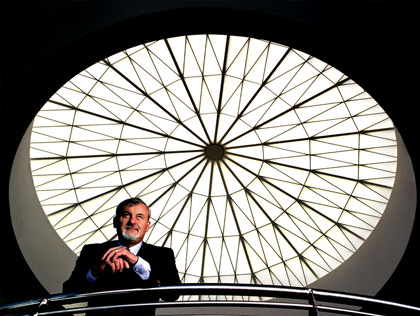1980s
Tech transfer and the Cold War’s end
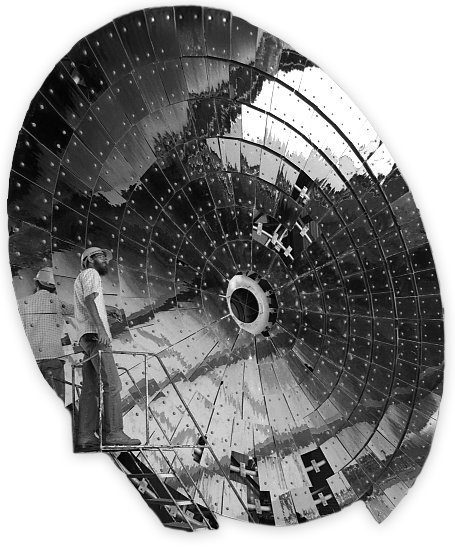
A heliostat undergoing calibration at Sandia’s Central Receiver Test Facility, 1982
1981
March 6, 1981
Combustion Research Facility (CRF) dedicated at Sandia/CA
The CRF is available to researchers from around the world. The CRF’s roots trace back to research done in the early 1970s by Dan Hartley and Ron Hill, who used lasers to investigate turbulent gas flow. Subsequently, Arlyn Blackwell and Dan Harley examined the potential contributions of laser combustion diagnostics to national energy research needs and, in 1975, when Tom Cook suggested Sandia pursue a national center for combustion research they drew up a proposal for the CRF. It was put into use in November 1980, and the ribbon cutting ceremony was in 1981. It has provided space for collaborative research with members of industry on a variety of combustion questions.
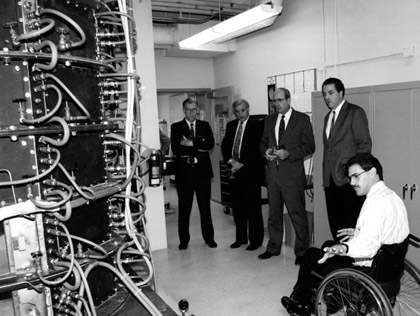
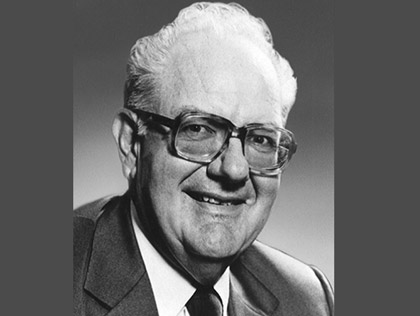
August 1, 1981
George C. Dacey became Sandia Corporation President
George Dacey’s leadership as vice president of research at Sandia in the early 1960s, advanced research capabilities flourished, developing advanced mechanical and electrical devices for the safety and operations of nuclear weapons. Noted for his forward thinking, Dr. Dacey returned as Sandia president in 1981 with a strong focus on leveraging partnerships between different areas within the Laboratory and between Sandia and its industrial suppliers. He pushed to raise the technology levels in all areas and again expanded advanced and exploratory efforts. In particular, the radiation effects research and development teams were cross-pollinated in studies of radiation effects on advanced electronics systems. He also increased the Laboratory’s work on conventional weapons, as well as supercomputing, leaving Sandia well placed for the increasingly multi-program environment of its future.
1983
January 1, 1983
Strategic Defense Initiative work
Sandians assigned to the study groups formed by President Reagan’s administration to plan strategic defense research in support of the Strategic Defense Initiative. Sandia research identified the most promising directed-energy concepts and contributed to the Initiative’s assessment of countermeasures and vulnerability.
1984
February 9, 1984
Jim Davis and Diane Holdridge factored 69-digit Mersenne number
Jim Davis and Diane Holdridge, working in Sandia’s Applied Mathematics Division, factored the 69-digit Mersenne number. This work and their success in factoring the 67-digit Mersenne number the previous December, were part of the ongoing effort to test and challenge weapon security codes.
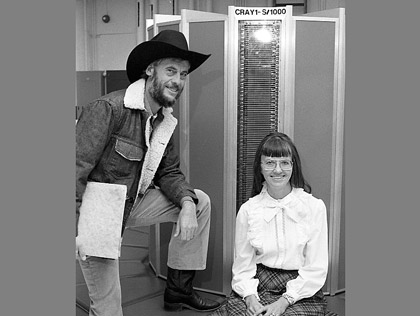
1985
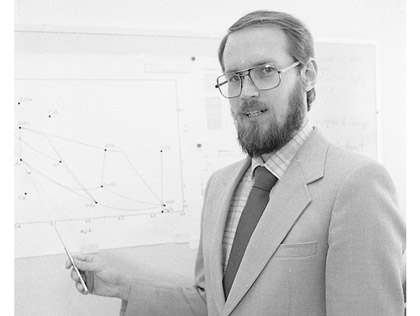
October 9, 1985
Gordon Osbourn received E.O. Lawrence Award for strained-layer superlattices theory
Gordon Osbourn received the Department of Energy’s E. O. Lawrence Award for his work on strained-layer superlattices (SLS) theory. His work on SLS, a useful new class of semiconductor materials with tailorable electronic properties, began in 1981. Also in 1985, the team of Bob Biefeld, Gordon Osbourn, Paul Gourley, Dave Myers, Ralph Dawson, and Ian Fritz won a Materials Science Research Award in “Sustained Outstanding Research” for their work in strained-layer superlattices.
1986
February 1, 1986
Irwin Welber became Sandia Corporation President
Personable and engaged with the daily activities at the Laboratory, Irwin Welber was noted for his regular visits to the non-Albuquerque sites and for lunching in the cafeteria with the staff, which found him receptive and likable. In response to Congressional and White House concerns, during the first year of his tenure Mr. Welber oversaw Sandia’s first active effort to transfer technology to the private sector to foster economic competitiveness and support industries considered vital to national defense. Stating clearly that Sandia’s purpose was to serve national needs, not preserve itself, he tackled the challenges posed in keeping energy research active by focusing on advanced coal technologies and geosciences and pressed to advance the Laboratory’s reimbursable projects for new customers.
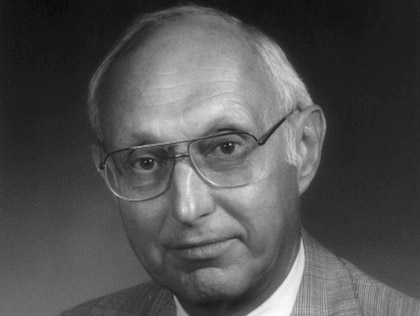
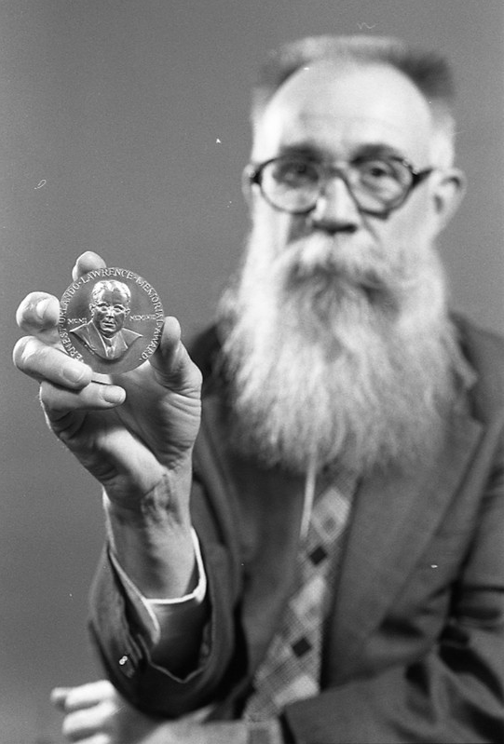
September 1986
Gus Simmons received E. O. Lawrence Award
In 1986, DOE awarded its E. O. Lawrence Award to Gus Simmons for “contributions to national security through the application of advanced mathematics to the command and control of nuclear weapons, especially in establishing the field of authentication as a central element of public key cryptography,” and as a leader in discrete systems.
1987
January 1987
Gus Simmons named first Senior Fellow
Effective January 1, 1987, Gus Simmons took on the role of Senior Fellow. He was the first. The title was later changed to Sandia Fellow. The role was developed to recognize staff who have continuously made contributions of truly exceptional breadth, depth, and creativity in fields impacting the technical mission of the Labs. It is a rare honor and comes with the responsibility to keep performing in the area of expertise while advising senior management and serving as a role model and mentor.
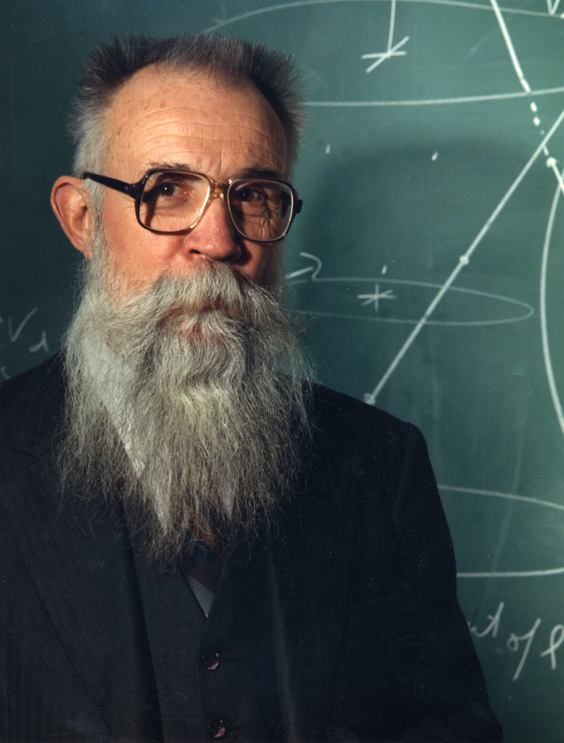
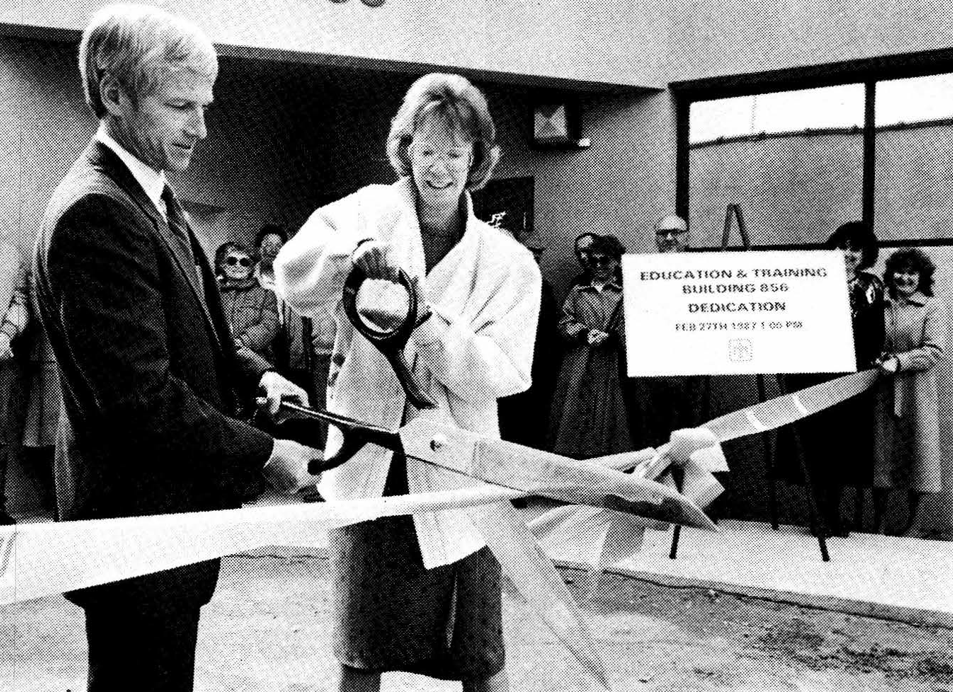
February 1987
Grand Opening of new education and training building
In February 1987, Sandia held a grand opening event for its new education and training building. The celebration included a ribbon cutting and tours of the new classrooms and offices. In addition to traditional classroom space, the building featured an initial Instructional Television (ITV) offering of two dozen technical courses. The on-site ITV capability was a breakthrough in remote education for staff. Some of the live courses were interactive.
1989
April 1, 1989
Albert Narath took over as Sandia Corporation President
The first Sandia Corporation president selected directly from Sandia’s ranks, Al Narath brought a long familiarity with Sandia and its workforce to his leadership role. He was thus able to respond well to the end of the Cold War, as well as the transition in the management contract from AT&T to Martin Marietta (now Lockheed Martin). Dr. Narath expanded component development’s total quality program to all of Sandia. Building on the big-picture thinking of George Dacey and Irwin Welber before him, he also launched the Laboratories’ first strategic planning effort. Published as the first corporate strategic plan within the Department of Energy, it emphasized changing Sandia’s corporate culture to embrace new world conditions. The most visible impact of this change was the embrace of the Cooperative Research and Development Agreements (CRADAs), approved by Congress, making technology transfer a critical part of Sandia’s strategic plan.
